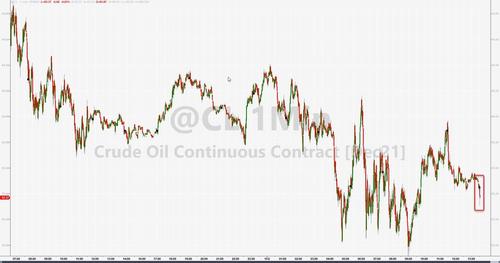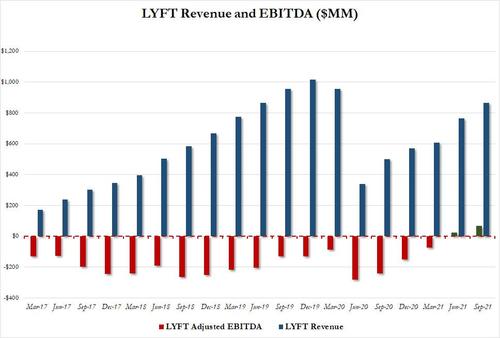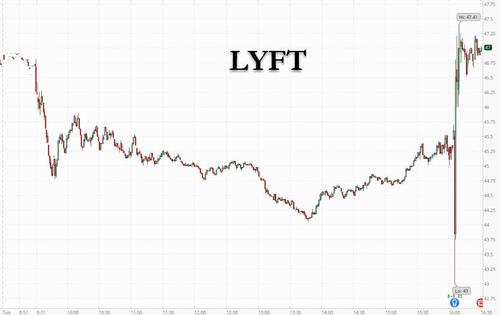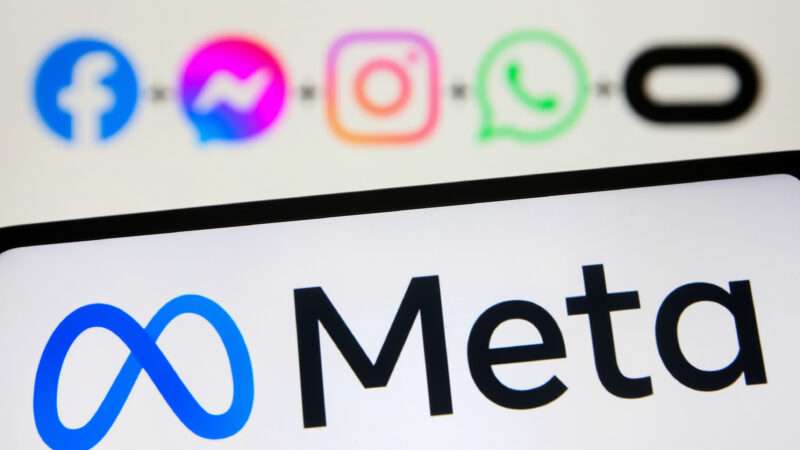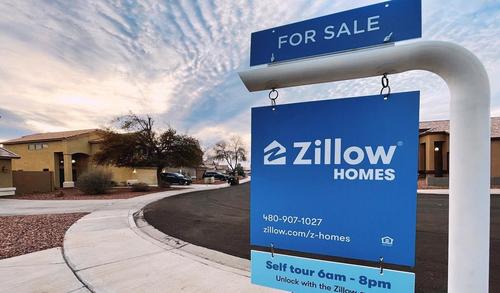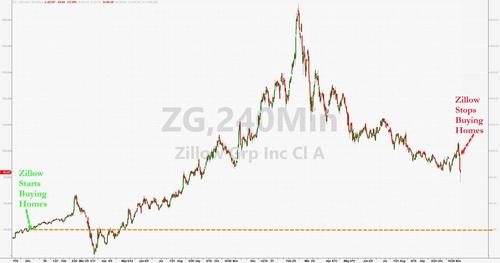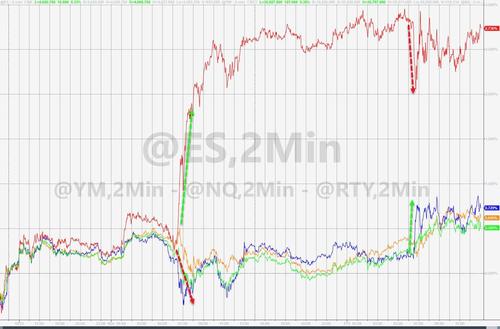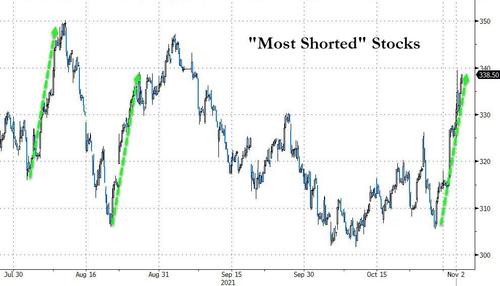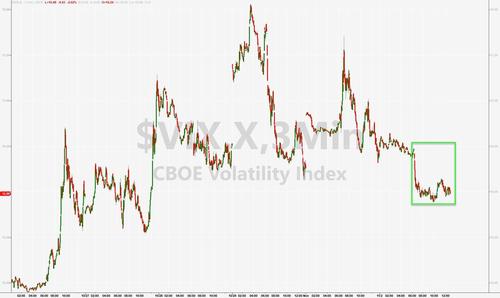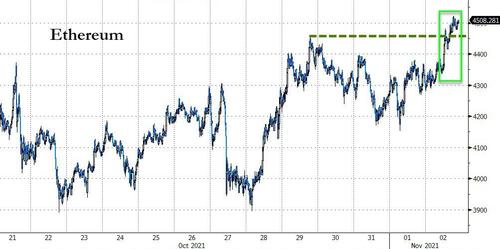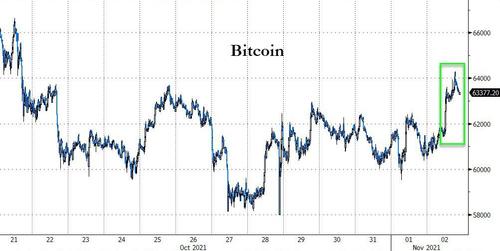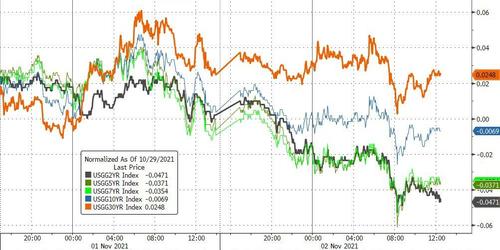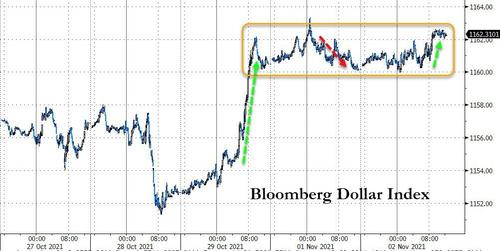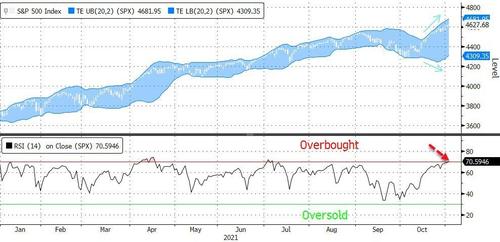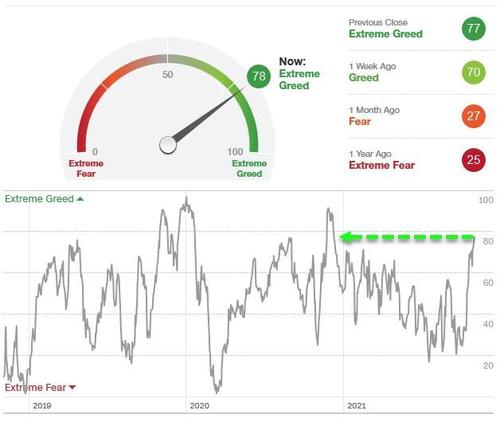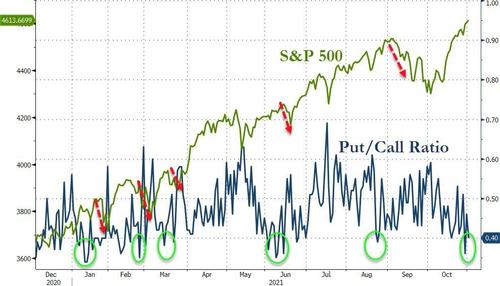I’ve just finished up a draft of this article; you can read the PDF, but here’s an excerpt from the Introduction:
For many litigants these days, one of the most important questions is: Can I keep my name, and its connection to the case and its facts, off the Internet? In the past, of course, some litigants wanted to keep their names out of the newspapers, and some still do. But the Internet, and the availability of court records on the Internet, has sharply magnified this concern. Before, a typical employment lawsuit, for instance, would rarely make the papers. But now, Googling a person’s name will often find many of the cases in which they’ve participated, even if those cases haven’t made “the news.”[8]
And many litigants would love pseudonymity. That’s particularly obvious for defendants, most of whom are being sued over alleged misconduct. Say someone sues you for alleged embezzlement, fraud, or sexual assault, or even malpractice or a breach of contract. Wouldn’t you rather that your friends, neighbors, and prospective clients and other business partners not know about it? And while some defendants simply want to hide their misdeeds, others are innocent, and don’t want to be linked to incorrect accusations—whether temporarily, pending the trial and verdict, or perhaps forever.[9]
Many plaintiffs would want pseudonymity, too; just to offer a few examples,
- Sexual assault plaintiffs may not want to be publicly identified.
- Libel plaintiffs may not want to further publicize the allegedly libelous allegations over which they are suing. [10]
- Employment law plaintiffs who were fired for alleged misconduct but are claiming that this was a pretext may not want a Google search for their names to lead to those allegations (however forcefully denied).
- People suing over politically controversial behavior (e.g., an employee fired for allegedly racist or unpatriotic statements[11]) or using legal theories that some might condemn[12] may not want to be publicly shamed or humiliated.
- Even ordinary employment law or housing law plaintiffs may not want future employers or landlords to reject them as dangerously litigious.[13]
For good reason, most lawsuits are nonetheless litigated in the parties’ own names. That is obviously true of adult criminal cases, even though nearly all criminal defendants would much prefer pseudonymity.[14] And it’s true of civil cases: Our legal system generally calls for public proceedings and publicly filed documents; and the names of the parties are viewed as part of the information that needs to be kept public.[15]
Such openness is viewed as important for letting the public (usually through the media) supervise what happens in courtrooms that are publicly funded and rely on publicly-supported coercive power. Many major stories and some scandals have been broken in part because of the availability of civil court records.[16] And even for the many cases that go largely unnoticed, the possibility of public review helps deter shenanigans.
Yet some litigants are indeed allowed to litigate pseudonymously. Some classes of such litigants are fairly clearly and reasonably defined: Minors (either in juvenile criminal cases or in civil lawsuits) are a classic example.[17] So are litigants who are mounting purely legal challenges to statutes, where their identities are tangential,[18] though such litigants also have to show something potentially embarrassing or private that the litigation would reveal (think Roe v. Wade).
But much of the law is unsettled: It is unclear, for instance, whether plaintiffs alleging sexual assault can indeed proceed pseudonymously.[19] It is unclear whether pseudonymity is more justified in lawsuits against governmental defendants or less justified.[20] It is especially unclear when defendants could seek pseudonymity just to prevent possible damage to reputation stemming from the allegations at the heart of the lawsuit (allegations that defendants claim are false); likewise for plaintiffs who are suing over allegedly false allegations, for instance in a libel lawsuit.[21]
And many of the distinctions that the cases do appear to implicitly draw are hard to explain. Imagine, for instance, that Arnold is an adult university student accused of sexually assaulting his classmate Veronica:
- The criminal prosecution would almost certainly be People v. Arnold, not People v. Doe, notwithstanding the harm to Arnold’s reputation (a harm that would be present even if he’s ultimately acquitted or the charges are dropped).
- The civil lawsuit would often be Veronica v. Arnold.
- But some courts would allow it to be Doe v. Arnold, to protect Veronica’s privacy.[22]
- Only a few courts would allow it to be Doe v. Roe.[23] Those courts appear to accept the theory that, just as it can be unjustly humiliating for many victims to be publicly identified as such (assuming they are telling the truth that they were indeed victimized), so it can be unjustly humiliating for many of the accused to be publicly identified as such (assuming they are telling the truth that they were not guilty)[24]—but most courts do not.[25]
- If Arnold sues Veronica for libel, claiming Veronica’s accusations were lies, most courts would require it to be Arnold v. Veronica or perhaps Arnold v. Roe,[26] but not Doe v. Roe.[27]
- But many courts routinely allow the pseudonymous Doe v. University of Northern South Dakota, a lawsuit in which Arnold is claiming that the university acted improperly in expelling him for the alleged misconduct—even though there, as in the libel case, Arnold wants pseudonymity to protect his reputation.[28]
Why the differences?
In this Article, I’ll try to analyze some of these tensions. In particular, I’ll deal with three cross-cutting issues that often arise in these cases:
[1.] Pseudonymity creep: Simply pseudonymizing a party seems easy enough, and seems like only a modest restriction on public access. But of course other information in the case can lead interested researchers to the party’s identity. Even if a minor’s name is abbreviated L.V., if the case is Volokh on behalf of L.V. v. Los Angeles Unified School Dist., it might not be hard for people to identify L.V. based on her representative’s (likely her parent’s) name.[29] Likewise, if a Complaint filed by John Doe in a libel case quotes the alleged libel, a quick Google search for the libel could identify its target. If an alleged sexual assault victim sues the attacker, who used to be the victim’s spouse or lover, people who know the attacker may easily deduce the identity of the victim.[30]
To make pseudonymity really effective, then, more needs to be done than just pseudonymizing one particular party—such as sealing important material outright, or pseudonymizing the other party as well. But then pseudonymity will also interfere more with public right of access, and may further undermine the interests of the opposing parties.[31]
[2.] The ubiquity of the desire for privacy: I noted above that very many litigants, plaintiffs and defendants, would prefer to keep their names out of the court record and therefore off Google and out of the newspapers. Courts have observed this and often cite this as a reason to reject pseudonymity—if we let this litigant be pseudonymous, we’d in fairness have lot all these other litigants do the same, and then we’d have a very different and much less transparent system of procedure.[32]
[3.] The puzzle of dealing with reputational damage: In particular, a vast range of cases involves material risk of reputational damage to one or both parties—in particular, damage to the ability to earn a living. Courts often remark that mere risk of reputational damage (including unjust reputational damage, for instance if the accusations against a defendant ultimately prove to be unfounded) is not enough to justify pseudonymity. But not all cases so hold, in part because the reputational concerns can seem so serious and salient. And the cases that allow pseudonymity to protect privacy rather than to protect reputation sometimes boil down to risk of reputational damage, too (for instance, if a plaintiff seeks pseudonymity to conceal information about a mental illness).
In what follows, I seek to (a) lay out the general legal rules, as reflected in court decisions (which I hope will be useful to judges and lawyers as well as academics) and (b) lay out the main policy arguments cutting in favor of and against pseudonymity. I may also offer (c) some normative suggestions about what should be done. But in general I’m not at all sure what the right answer is on most of those cases. Rather, “I don’t have any solution, but I certainly admire the problem,”[33] and I hope to persuade you to admire the problem, too.
[1] See infra Part II.H.
[2] See infra Part I.E.3.
[3] See, e.g., Flatley v. Mauro, 139 P.3d 2 (Cal. 2006).
[4] And a related question: When a system is generally secret, what provisions are there for public access? This arises especially when a public procedural system seeks to make a decision that turns on a past judgment of a private procedural system—for instance, when people seek the results of juvenile court records for use in adult criminal proceedings (or in civil proceedings), or when an action is brought in the civil justice system to enforce the results of an arbitration. But that is a story for another day.
[5] See, e.g., Cal. R. Ct. 2.550–.551. This article is mostly about federal courts, because reviewing just what they do is daunting enough; but I occasionally cite relevant state cases, since many state courts seem to take an approach similar to that of the federal courts. See, e.g., Doe v. Empire Ent., LLC, No. A16-1283, 2017 WL 1832414, *4 (Minn. Ct. App. May 8, 2017).
[6] Rules 5.2 and 10(a) do provide that minors are to be pseudonymized and adults are not, but federal courts have viewed the nonpseudonymity of adult parties as just a presumption that can be rebutted—and the Rules say nothing about the criteria for rebutting it.
[7] For some important articles on the subject over the last 40 years, see David S. Ardia, Court Transparency and the First Amendment, 38 Cardozo L. Rev. 835 (2017); Benjamin P. Edwards, When Fear Rules in Law’s Place: Pseudonymous Litigation As a Response to Systematic Intimidation, 20 Va. J. Soc. Pol’y & L. 437 (2013); Lior J. Strahilevitz, Pseudonymous Litigation, 77 U. Chi. L. Rev. 1239 (2010); Donald P. Balla, John Doe Is Alive and Well: Designing Pseudonym Use in American Courts, 63 Ark. L. Rev. 691 (2010); Adam A. Milani, Doe v. Roe: An Argument for Defendant Anonymity When a Pseudonymous Plaintiff Alleges a Stigmatizing Intentional Tort, 41 Wayne L. Rev. 1659, 1712 (1995); Jayne S. Ressler, Privacy, Plaintiffs, and Pseudonyms: The Anonymous Doe Plaintiff in the Information Age, 53 U. Kan. L. Rev. 195 (2004); Jayne S. Ressler, #WorstPlaintiffEver: Popular Public Shaming and Pseudonymous Plaintiffs, 84 Tenn. L. Rev. 779 (2017); Joan Steinman, Public Trial, Pseudonymous Parties: When Should Litigants Be Permitted to Keep Their Identities Confidential?, 37 Hastings L. J. 1 (1985).
[8] “Over a century ago, Samuel Warren and Louis Brandeis . . . wrote that ‘modern enterprise and invention have, through invasions upon [an individual’s] privacy, subjected him to mental pain and distress, far greater than could be inflicted by mere bodily injury.’ The modern invention of today includes access to court files by those surfing the Internet.” EW v. New York Blood Ctr., 213 F.R.D. 108, 112–13 (E.D.N.Y. 2003); see also Gen. Orders of Div. III, Wash. Cts., In re the Use of Initials or Pseudonyms for Child Victims or Child Witnesses, https://www.courts.wa.gov/appellate_trial_courts/?fa=atc.genorders_orddisp&ordnumber=2012_001&div=III (ordering that all references to child witnesses or victims use “initials or pseudonyms,” “In light of the increased availability of court documents through electronic sources”).
[9] I am not discussing here the separate question of defendants who are unknown to the plaintiffs (e.g., anonymous online libelers), and who are anonymous because of that.
[10] See infra Part II.G.1.e.
[11] Cf. Eugene Volokh, Private Employees’ Speech and Political Activity: Statutory Protection Against Employer Retaliation, 16 Tex. Rev. of L. & Pol. 295 (2012).
[12] See, e.g., Ressler, #WorstPlaintiffEver, supra note 7.
[13] “At bottom, Plaintiff wants what most employment-discrimination plaintiffs would like: to sue their former employer without future employers knowing about it. But while that desire is understandable, our system of dispute resolution does not allow it.” Doe v. Fedcap Rehab. Servs., Inc., No. 17-CV-8220 (JPO), 2018 WL 2021588, *3 (S.D.N.Y. Apr. 27, 2018).
[14] Pseudonymous prosecutions of adults are extremely rare, though they do exist. United States v. Doe, 488 F.3d 1154, 1156 n.1 (9th Cir. 2007) (keeping case pseudonymous because the district court had allowed pseudonymity, but not describing the reasons for that or whether they were sufficient); People v. P.V., 64 Misc. 3d 344 (2019) (pseudonymizing published opinion discussing a transgender prostitute’s criminal conviction, and concluding that defendant was a victim of sex trafficking). See also United States v. Pilcher, 950 F.3d 39, 45 (2d Cir. 2020) (concluding that pseudonymity is generally unavailable as to habeas petitions as well).
[15] See infra Part I.C.1.
[16] The Boston Globe’s investigation of the Catholic Church’s coverup of sexual abuse by priests, dramatized in the film Spotlight, is just one especially noted example. See Michael Rezendes, Church Allowed Abuse by Priest for Years, Boston Globe, Jan. 6, 2002.
[17] See infra Part II.E.
[18] See infra Part I.D.
[19] See infra Part II.F.4.
[20] See infra Part I.G.
[21] See infra Part II.G.
[22] See infra Part II.F.4.
[23] See infra Part I.E.4.
[24] Of course, if the accused is guilty, and is lying about the defense, then it may be only fair that the public learns of the guilt. But equally, if the accuser is lying about the claim, then it may be only fair that the public learns about that.
[25] Of course, as a general matter Arnold would need to know Veronica’s identity; I focus here on pseudonymity that shields the parties’ identity from the general public, and not from other parties or the court. See, e.g., United States v. Microsoft Corp., 56 F.3d 1448, 1463 (D.C. Cir. 1995) (“We are not aware of any case in which a plaintiff was allowed to sue a defendant and still remain anonymous to that defendant. Such proceedings would, as Microsoft argues, seriously implicate due process.”); In re Sealed Case, 971 F.3d 324, 326 n.1 (D.C. Cir. 2020).
[26] See, e.g., A.B. v. C.D., No. 217CV5840DRHAYS, 2018 WL 1935999 (E.D.N.Y. Apr. 24, 2018); Painter v. Doe, No. 3:15-CV-369-MOC-DCK, 2016 WL 3766466 (W.D.N.C. July 13, 2016).
[27] See, e.g., Roe v. Does 1-11, No. 20-CV-3788-MKB-SJB, 2020 WL 6152174, *3 (E.D.N.Y. Oct. 14, 2020). But see Doe v. Doe 1, No. 1:16-cv-07359 (N.D. Ill. Aug. 24, 2016).
[28] See infra Part II.G.
[29] See infra Part II.E.1.
[30] See infra note 206.
[31] See infra Part I.C.3.
[32] See infra Part I.C.4.
[33] Ashleigh Brilliant, I May Not be Totally Perfect, But Parts of Me are Excellent, and Other Brilliant Thoughts (1979).

from Latest – Reason.com https://ift.tt/3wbMNbX
via IFTTT

